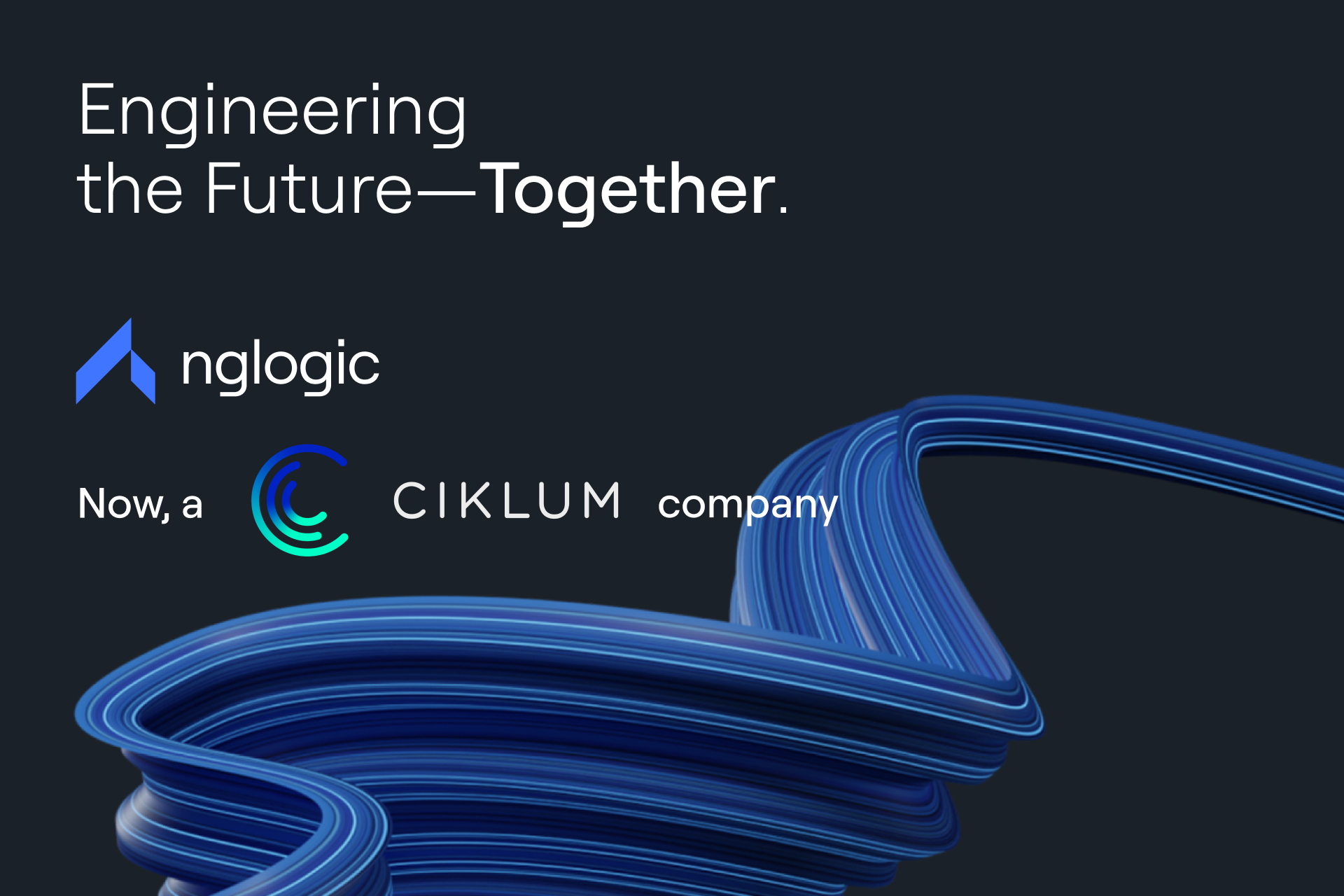In the digital age, scalable cloud computing is essential for companies seeking to grow and adapt to the ever-changing landscape of technology. Cloud scalability allows businesses to effectively manage their resources and maximize their computing power and storage capacity.
With the ability to scale up or down, businesses can adjust their resources to meet the demands of their customers and operations. In this article, we will discuss the importance of cloud scalability and how it can help businesses reach their goals.
What is cloud scalability in cloud computing
Cloud scalability is the ability of a cloud-based computing system to increase its capacity or performance to meet the changing demands of its users. It enables businesses to quickly and easily scale up or down their computing resources, such as storage, computing power, and software, in response to changing demands.
This ensures that businesses are able to maintain optimal performance and cost-effectiveness. Cloud scalability also helps businesses manage their costs by allowing them to pay for only the resources that they need at any given time.
Defining features of cloud computing
On-demand self-service: cloud computing provides customers with on-demand access to computing resources, without having to interact with the IT service provider.
Broad network access: cloud services are available over the network, allowing customers to access their services from anywhere.
Resource pooling: cloud computing providers pool computing resources to serve multiple customers, allowing for more efficient use of resources and better scalability.
Rapid elasticity: cloud computing resources can be rapidly scaled up or down to meet customer demand.
Measured service: cloud computing providers measure the usage of their services and bill customers accordingly, allowing for more flexible pricing models and improved cost savings.
Security: cloud computing providers offer strict security measures to protect customer data, as well as compliance with industry standards.
Multi-tenancy: cloud computing providers offer shared infrastructure, allowing multiple customers to use the same resources (existing infrastructure) without impacting each other.
Automation: many cloud computing services are automated, making it easier for customers to manage their services.
Cloud computing consists of four distinct types of clouds: public cloud, private cloud, hybrid cloud, and multi-cloud. Public clouds are available to anyone and are managed by third-party cloud providers. Private clouds are operated solely by a single organization and are not accessible to the public. Hybrid clouds are a combination of public and private clouds, allowing organizations to leverage the benefits of both. Multi-clouds are made up of multiple cloud vendors, providing organizations with the flexibility to choose the services that best meet their needs.
Cloud elasticity vs cloud scalability
Cloud elasticity and cloud scalability are two related terms that are often used interchangeably. However, they are distinct concepts. In general, cloud scalability is the ability of a cloud computing system to expand and contract its resources as needed to meet changing user demands. Cloud elasticity, on the other hand, is the ability of the cloud to quickly and automatically add or remove resources to accommodate changes in demand. Thus, cloud scalability is a more general term, while cloud elasticity is a specific type of scalability.
In other words, cloud scalability is a capability that allows a cloud service to increase or decrease its resources and services as needed, while cloud elasticity is a specific type of scalability that refers to the ability of the cloud service to quickly and automatically adjust its resources in response to changes in demand.
Benefits of cloud scalability
Cost Efficiency: Cloud scalability allows you to pay only for the resources you need and use, thus helping you save money. You can scale up or down as needed without any upfront costs and long-term commitments.
Increased Flexibility: Cloud scalability gives you the flexibility to add or remove resources as needed. You can easily scale up or down to accommodate changes in demand or usage patterns.
Improved Performance: With cloud scalability, you can quickly and easily increase the resources to support more users or handle more variable and unpredictable workloads. This helps to improve the performance of your applications and ensure that they are always running efficiently.
Faster Deployment: Cloud scalability allows you to deploy applications quickly and easily without any long-term commitments. You can quickly scale up or down to meet the changing needs of your business.
Enhanced Security: Cloud scalability helps to ensure that your data and applications are always secure. You can easily add or remove resources as needed to ensure that your data is always protected.
Better Business Agility: Cloud scalability enables you to quickly and easily adapt to changing business needs. You can quickly scale up or down as needed to ensure that your applications are always running efficiently.
Improved Resilience: Cloud scalability also helps to ensure that your applications and data are always available and accessible. You can quickly add or remove resources as needed to ensure that your data and applications are always available and secure.
How to optimize cloud scalability
Reach out to your cloud service provider and ask for more resources. You can also add extra resources yourself by using an online interface. Certain cloud solutions can be set to auto-scale, meaning that they can increase or decrease their capacity based on the criteria you set. For instance, you can set a rule to automatically increase storage space when you are running low. Kubernetes and Google Cloud Platform (GCP) are two of the many cloud solutions that offer this feature.
Make sure that you use:
Auto-scaling: Automatically scale up or down on demand by using auto-scaling, so you can match the changing demand easily.
Serverless Computing: Serverless Computing allows you to use a pay-as-you-go model and scale up or down as needed, without having to manage the underlying infrastructure.
Containerization: Containerization allows you to package your application and deploy it on any cloud provider, as well as easily scale up or down as needed.
Cache: Leverage caching to improve the performance of your application and reduce the need to scale up unnecessarily.
Queues: Leverage queues to manage the flow of requests, so that you can scale up or down as needed.
Load Balancing: Use load balancing to distribute the load between different multiple servers, so that you can scale up or down as needed.
Monitoring: Monitor your application to identify hotspots and determine when you need to scale up or down.
Cloud-Native Solutions: Leverage cloud-native solutions like AWS Lambda, Amazon EC2, and Azure Functions to easily scale up or down as needed.
Types of scalable cloud computing
Infrastructure as a Service (IaaS): IaaS solutions provide a base level of infrastructure that can be scaled up or down to meet customer needs. Examples include Amazon Web Services (AWS), Microsoft Azure, and Google Cloud Platform.
Platform as a Service (PaaS): PaaS solutions provide developers with the tools and services they need to develop, deploy, and manage applications in the cloud. Examples include Heroku, Salesforce, and Google App Engine.
Software as a Service (SaaS): SaaS solutions provide a complete software solution hosted in the cloud. Examples include Salesforce, Dropbox, and Google Apps.
Vertical and horizontal scaling
In a nutshell, vertical and horizontal scaling can be summarized this way.
Vertical scaling is a type of scaling that increases the resources allocated to a single node in a system. This can be done by adding more CPU, RAM, or storage to a single server.
Horizontal scaling is a type of scaling that adds more nodes to a system. This can be done by adding more servers, virtual machines, or containers to a cluster.
Vertical scaling
Vertical scaling is the scalable cloud solution of increasing the capacity of an existing system by adding more resources. This can include adding more memory, processing power, storage capacity, or network bandwidth. It is the opposite of horizontal scaling, which involves adding more systems to a network. Vertical scaling is often used to improve an application’s performance or to meet increased workload demands.
For example, if an application requires more RAM, you can scale up by adding additional RAM to the instance. Similarly, if the application requires less RAM, you can scale down by removing RAM from the instance.
Horizontal scaling
Horizontal scaling is a scalable cloud solution of scaling out computing resources to meet the needs of an application or service. It is a type of scaling that increases the number of machines (or nodes) in a system. Unlike vertical scaling, which increases the amount of resources allocated to a single node, horizontal scaling divides the load across multiple nodes and increases the overall capacity of the system.
Horizontal scaling is the most popular way to scale out a system, and it is often used to increase the performance of web applications, databases, and other services.
High availability services
High availability (HA) is an important factor to consider when using horizontal scaling. The goal of a high availability system is to be accessible 99.999% of the time, or as close as can be. More often than not, this means setting up a backup system that is able to manage the same tasks as the main system.
Fault-tolerant system
A fault-tolerant (FT) system is similar to a high availability system in that it seeks to maximize uptime, but it goes a step further by ensuring that any minimal downtime is completely eliminated.
Disaster recovery
Even if you have systems set up with High Availability (HA) and Fault Tolerance (FT), you still need a Disaster Recovery plan. Disaster Recovery is an extra step that goes beyond HA and FT, and it involves having a detailed plan to get your business back up and running in case of a major natural disaster or extreme weather.
Diagonal scaling
Diagonal scaling is a technique that involves scaling the computing resources and services horizontally and vertically at the same time. This allows for more efficient utilization of computing resources and better performance of applications.
Conclusion
In conclusion, cloud computing is an essential part of the modern business landscape. As technology continues to evolve, cloud computing enables businesses to scale their operations quickly, safely, and efficiently. Cloud computing is not only cost-effective, but it also provides a number of advantages that make it an ideal solution for businesses of all sizes. With its ability to quickly adapt to changing needs, cloud computing is an important tool for businesses to take advantage of.










 +1 (888)
413 3806
+1 (888)
413 3806